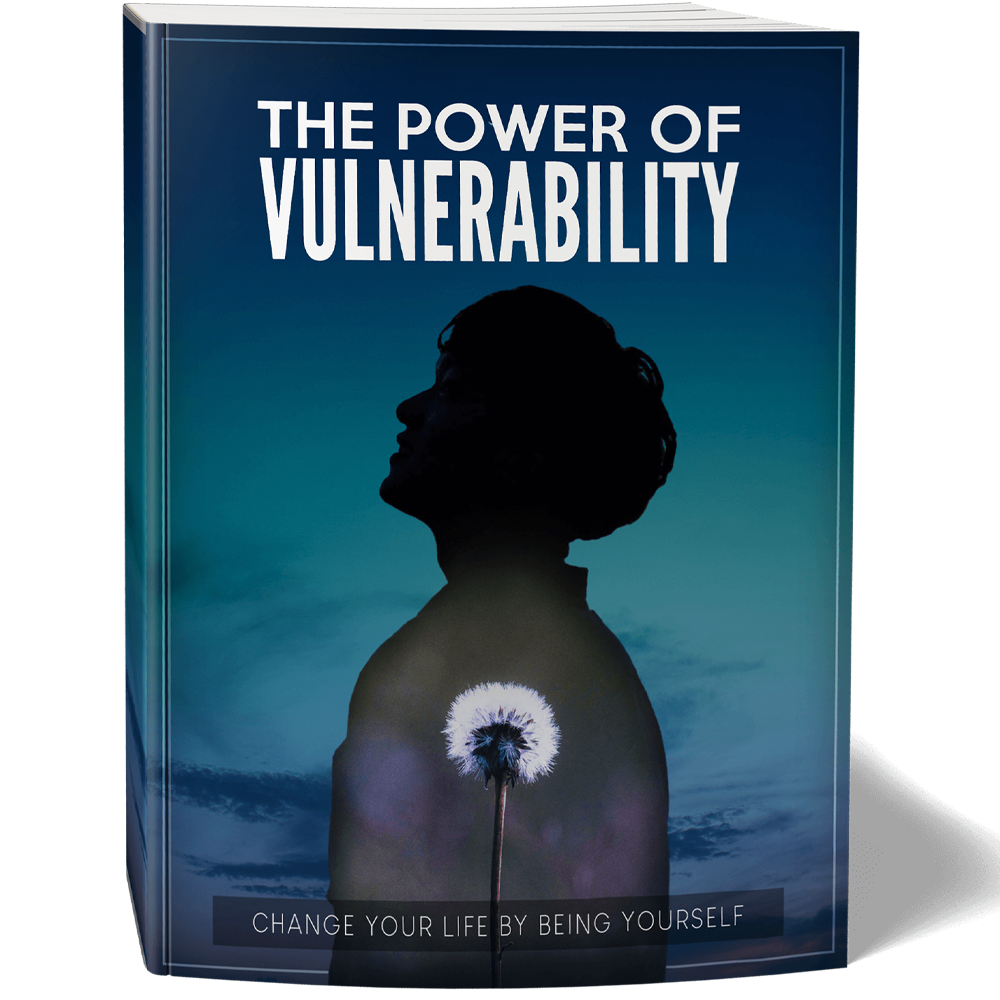Forms of Vulnerability
Many forms of Vulnerability confront us just about every day. It can arise physically, emotionally, and psychologically from outside sources and our inner struggles. Let’s look at the different types of Vulnerability and how it affects us. The following are types of vulnerability and examples that we all face.
1. Physical Vulnerability
Physical Vulnerability affects individuals from all walks of life, including those with disabilities and older people who may have difficulty moving, seeing, or hearing. People in dangerous professions like construction workers and law enforcement officers are at an even higher risk for physical harm due to their line of work – they can be exposed to accidents, explosions, or violent confrontations that could result in serious injuries or death. We must remain aware of our surrounding environment to protect ourselves against danger.
Taking a proactive approach is the best way to ensure the safety of vulnerable individuals. Providing support and specialized equipment, such as handrails in areas frequented by wheelchair users, can help reduce risks of falling while being mindful of potential dangers and having access to medical assistance should an emergency arise. We must take These essential precautions together to create a more secure environment.
2. Emotional Vulnerability
No one likes feeling exposed and vulnerable in the face of emotional pain. Yet many go through this due to circumstances like traumatic pasts, challenging relationships, or complex life events. This can lead to various forms of hardship ranging from anxiety, depression, and low self-esteem – though some have greater resilience against such problems than others. Specifically, those with a healthy sense of confidence who are not overly worried about rejection usually cope better when faced with these issues.
Self-care is an essential component of living a healthy and resilient life. From taking the time to enjoy hobbies and leisure activities to getting enough sleep each night, self-care empowers us with the tools necessary for managing stress. To maximize its effectiveness, it’s essential not just to take care of yourself physically and mentally but also to practice self-compassion when confronted by disappointment or failure; this helps boost emotional resilience while reducing feelings of Vulnerability so that you can keep on striving toward your goals no matter what challenges come your way.
Rejection is often seen as a negative experience, but it can catalyze personal growth and the manifestation of strength. It’s important to remember that rejection does not need to hold us back from our full potential; instead, we should focus on understanding ourselves better and embracing difficult times to foster humility and resilience. Being mindful of this will help us take advantage of every challenge life throws at us, allowing these experiences to pave the way towards learning, success, and acceptance – all essential when growing into who we are meant to be.
3. Psychological Vulnerability

Psychological Vulnerability is when individuals are more susceptible to psychological harm or distress. This can stem from experiences such as trauma, mental illness, and personality disorders; people who face abuse may be particularly vulnerable in this way and become afflicted with PTSD, anxiety, or depression. Similarly, it’s been widely observed that social isolation – the lack of support systems and loneliness – can also increase the risk of severe issues like substance abuse and even suicidal ideation due to heightened emotional turmoil.
It is essential to recognize that psychological Vulnerability is not an indication of weakness but rather a sign that someone may need more support or assistance to move forward. It is essential to provide resources and support to individuals struggling with psychological Vulnerability to help them cope and move on with their lives. This could include therapy, support groups, or lifestyle changes. Taking steps to identify psychological Vulnerability and find ways of supporting those affected is an essential step toward better mental health.
By recognizing the signs of psychological Vulnerability and providing resources for support, we can all work together to create an environment of understanding and respect for those with mental health challenges. This can help reduce the stigma associated with mental illness and encourage more individuals to seek treatment. Creating a more open and accepting atmosphere around mental health will lead to better outcomes for all in the long run.
We must remember to be kind and understanding of those struggling with mental health issues. Everyone has something to contribute, and we should never discount someone’s experience or invalidate their feelings. Offering support and compassion can go a long way in helping individuals cope with the difficulties they may be facing.
Additionally, advocating for better access to mental health resources is vital in creating a more supportive environment. This could include providing access to mental health professionals, ensuring that people have access to the proper medications, and promoting programs that focus on raising awareness around mental health issues.
It is important to remember that mental health is a lifelong journey. Taking care of one’s mental health requires dedication and patience. Taking the time to reflect on their emotions, thoughts, and behaviors can be beneficial in creating a more positive outlook on life. And while no one is perfect, it is crucial to recognize that self-care is essential for a fulfilling and meaningful life.
4. Financial Vulnerability
Financial Vulnerability can be frightening and destabilizing for individuals of all backgrounds. Whether due to job loss, medical bills, or other unexpected expenses – people who live in poverty experience added economic pressure that could eventually lead to homelessness, hunger, or lack of access to basic needs such as healthcare.
Additionally, those without financial skills or grappling with debt may be unable to manage their money correctly, causing financial distress. Fortunately, there are tools available out there offering hope! We can break free from this vicious cycle toward more stable futures with the right resources and support.
For those struggling with personal finances, there is hope. Financial literacy courses and budgeting tools can help provide the guidance needed to get back on track financially. There are also debt management programs that allow individuals to take control of their financial future and reduce vulnerability levels by better understanding how money works!
5. Cyber Vulnerability

The digital age has brought a worrying rise in cyber threats; from data theft to malicious links, the risk of falling prey to nefarious online activity is only increasing. Those without knowledge or understanding of internet security measures are particularly vulnerable and can end up handing over their personal information or downloading malware onto devices – all at the expense of unsuspecting victims’ bank accounts, reputations, and peace of mind.
Therefore, the importance lies in having secure systems and ensuring everyone using them knows how they work. Doing so could mean making sure you don’t become another victim!
To ensure everyone’s safety, it is crucial to have knowledge of cyber threats and use solid defensive measures. Everyone should always be prepared for potential security issues; using updated software and secure passwords are just a few ways in which users can safeguard themselves from cyberspace attacks.
Additionally, organizations must also take proper preventive steps by preventing unauthorized access with robust cybersecurity systems along with good policies governing the utilization of their networks – regular checks need to be conducted to identify any risks emerging before they cause harm.
With extra caution against malicious emails or messages online, plus following best practices on data protection, we can ensure that our valuable information isn’t jeopardized!
It’s important to remember that the best defense against cybercrime is education. Everyone should know how to recognize and respond to suspicious activity online. They should also keep up with the latest news related to cybersecurity so they can stay informed. By arming themselves with knowledge, users can stay one step ahead of cybercriminals and ensure their data remains safe.
6. Social Vulnerability
Social marginalization can make individuals vulnerable to economic and social hardship, regardless of their efforts. Whether it be through discrimination against certain groups or the inability to access necessities such as healthcare or education – these disparities impede progress for many people worldwide who lack a safety net. Inequalities like this create an unfair landscape where some are exposed more than others, leaving them open to further disadvantages that may feel too big to overcome on individual terms alone.
Social Vulnerability is a complex problem that requires both proactive measures and informed interventions to secure equal possibilities of success. This can be done by recognizing the underlying components, such as lack of healthcare, education disparities, poverty lines, and job shortage – all centers for support must address these issues to provide vulnerable individuals with necessary resources so they may become more resilient long-term.
Conclusion
Providing vulnerable individuals with the necessary resources to face the many forms of vulnerability that confront us daily is essential. Many forms of vulnerability confront us just about every day. It can arise physically, emotionally, and psychologically from outside sources and our inner struggles.










